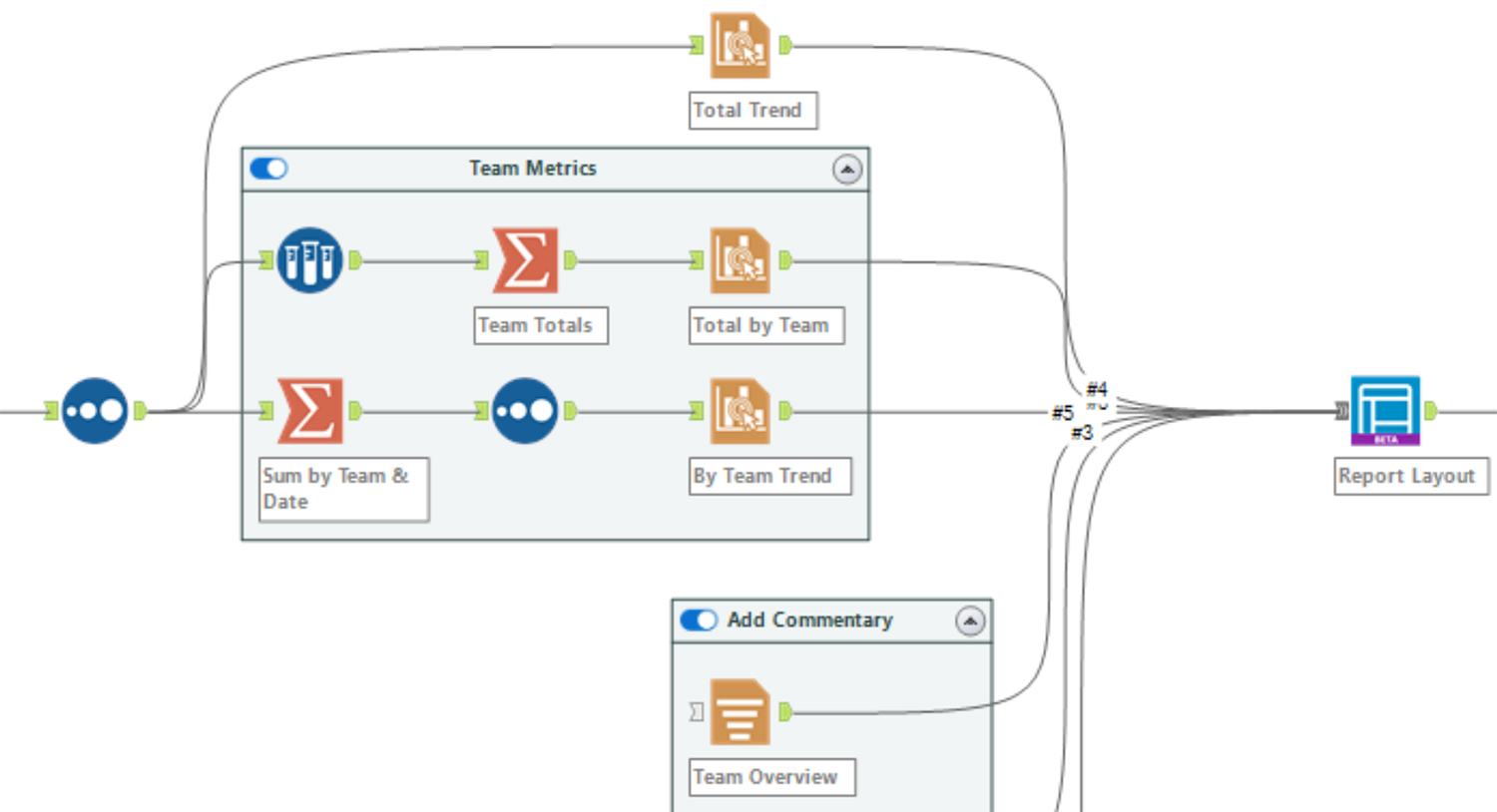How a Certified Alteryx Designer Expert and Python enthusiast determined which tool provides the most value for a data science program
Most leaders recognize that data is critical to running a successful business. Still, it’s often challenging to justify the (sometimes) hefty price associated with implementing a robust data infrastructure and analytics practice. The cost of a data science tool includes licensing or usage fees, just as hiring new employees requires budgeting for salaries, benefits, and other expenses. When crunching the numbers associated with launching a value-driving in-house initiative, leaders naturally must question whether the upfront investment will pay off.
Everyone on my Data Science team at Evolytics is an experienced coder. In fact, some members would prefer writing bash script in terminals, rather than use Alteryx. This often leaves me pondering how to justify the licensing cost of a low-code software.
Tools such as Alteryx offer data democratization, analytics at scale, and speed to insight. In addition to expediting how many team members clean data, run exploratory data analysis, and share results with non-data science colleagues, Alteryx consistently proves and delivers—objectively—a positive ROI. So, here’s how I quantify the huge value benefit of our investment in this tool.
Inventory Alteryx Workflows
Whether you’re a discipline lead trying to determine the ROI of Alteryx for your team, or a server administrator seeking leadership budget renewal, I encourage you to understand exactly how Alteryx is used in your organization. Document each workflow in your domain, and set up standing meetings to review them with workflow owners. During these meetings, ask the right questions. Leverage information you glean from these discussions and move on to step #2: categorizing workflows based on how they improve your team’s success at accomplishing enterprise-wide objectives.
Consider Asking These Questions:
- What does the workflow achieve?
- Why did you build it?
- How often is it used?
- How did you address the same or similar issues before implementing Alteryx workflows?
Evaluate the Role of Each Workflow
Based on what you learn from stakeholder interviews, categorize workflows based on the value they provide. Most workflows will fall into one of three categories:
- Efficiency: Workflows in this category must account for a time-consuming legacy process, before developing one that is automated and efficient. The workflow might create and send dozens of P&L reports in a matter of minutes, instead of the hours it took to manually use a spreadsheet and email software in the past. Regardless, workflows in this category save time.
- Innovation: Sophisticated data tools don’t just provide efficiency; they raise the ceiling of what’s possible. Whether the workflow performs geospatial analysis to optimize logistics or deploys predictive modeling (even without a data scientist on the payroll), workflows in this category move the needle. There are no predecessors comparable to Alteryx in this category.
- Democratization: Self-serve analytics is a hot topic in business these days. Data-driven decision-making is best when it’s used at every level of an organization. From executives to interns, provide each team member access, regardless of their technical skill level. Alteryx Server enables analysts to create self-service applications that deliver real-time data directly to decision-makers. Workflows or applications in this category expand access.

Quantify the Benefit
Once you understand the value each workflow provides, start doing the math. Quantify each category differently, and communicate the individual results to leadership.
Quantify the value of Efficiency workflows by calculating time saved:
- Hours Saved Annually = Annualized Employee Hours Spent on Workflows Prior to Alteryx Adoption vs. Annualized Employee Hours Spent Using Alteryx
- Dollars Saved Annually = Users’ Hours Saved Annually (considering average users’ hourly pay)
The value of Innovation is harder to quantify, but not impossible—the key is to ask workflow owners these questions:
- What is the business value of this innovation?
- Are there specific, quantifiable examples of where these processes saved money—either by driving revenue or reducing risk?
- How much more would you pay a software engineer to perform the same functions?
The information and equations above are key to quantifying the value of Alteryx.
Democratization may seem like the most difficult category to quantify, but it’s actually similar to quantify the value of Efficiency workflows. Evaluate how many users are self-served by Alteryx per month or year, and how long it would take for an analyst to provide that information with legacy tools or processes.
Hours Saved Annually = Annualized Employee Hours Spent Per Request Before Alteryx Adoption multiplied by Number of Self-Service Users
Dollars Saved Annually = Hours Saved Annually multiplied by Average Hourly Pay
Evaluate the Soft Benefits of Your Alteryx Program
Evolytics advocates for a data-driven approach, but some of the benefits that tools like Alteryx provide are more qualitative. On average, replacing an employee will cost your business 6-9 months of that employee’s salary, in addition to the salary of a new hire. For your highest performers, this number could be higher.
Your best hope for retaining top talent includes providing the tools that ensure employee engagement and success. Consider how the workforce impact of manual processes, systems that are difficult for an untrained person to use, and feelings of job ownership influence turnover rates (costs). Alteryx provides team members advanced automation, and empowers them to uncover actionable insights, whereas coding is highly individualized.
Alteryx workflows are simple to follow, which expedites new team member onboarding and ownership of pipelines. Workflows are also easier to share with business partners and executives, promoting increased conversations and collaboration. These are some distinct ways to improve your likelihood of retaining top talent.
Admittedly, I’m extremely biased about the long-term value of an Alteryx investment, and the tremendous proven benefits it brings to organizations over time. Frankly, discovering, using, and mastering Alteryx completely changed my career for the better—and the careers of those of in my extensive network of data science professionals.
What Now?
I recommend that you review your Alteryx results and present them to leadership. Don’t be surprised if your upfront Alteryx costs exceed the immediate business value it will eventually provide. Scaling analytics takes time, so your primary focus should be on demonstrating the value of an investment in Alteryx, as it trends over time.
Consider automating emails (in Alteryx!) to workflow owners. This will show that Aleryx use not only continues, but increases over time—perpetuating the certain ROI and budget conversations with exceedingly solid anecdotal evidence proving you made the best decision. Also conduct regular meetings with your team—the user group—and encourage them to share recent Alteryx projects, wins and insights with colleagues and stakeholders on a regular basis. By reporting data-driven evidence about how your organization’s investment in Alteryx yields positive, tangible ($$$), quarterly results you will drive home the irrefutable and progressive impact of Alteryx implementation on your analytics initiative.
If your organization is considering an investment in Alteryx, or you want to learn more about quantifying your organization’s Alteryx, my team at Evolytics is here for you. Just get in touch! More importantly, we rise above the rest when it comes to helping teams choose the best data science tools and training users for success.
